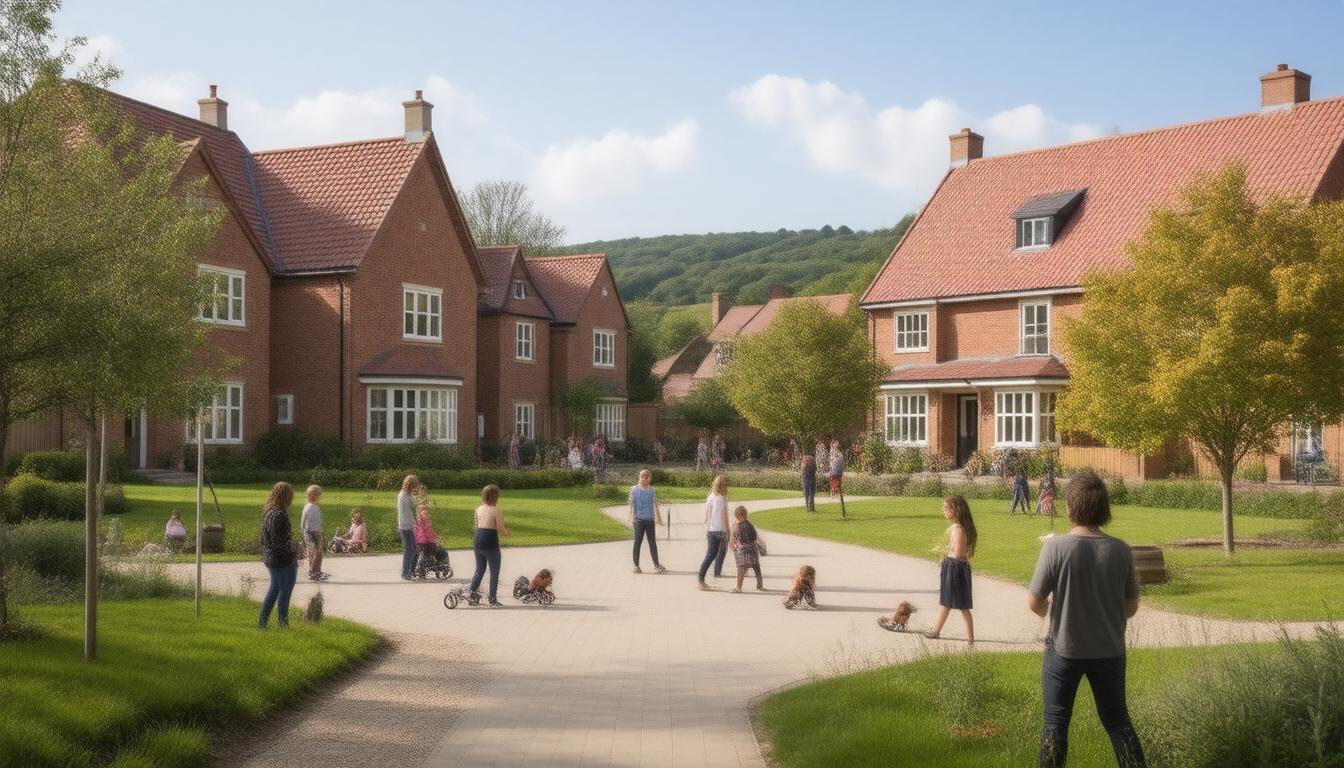Kent has witnessed a significant rise in the number of houses in multiple occupation (HMOs), responding to the urgent demand for affordable housing. As of November 2024, estimates suggest that there are approximately 1,900 HMOs across the county, which have become vital living spaces for many individuals, especially students and young professionals. However, this growth has not come without controversy. Neighbourhood unease has surfaced, particularly around issues such as anti-social behaviour and increased parking demand. Amidst these concerns, the experiences of tenants in HMOs offer a different narrative. For instance, John Moran, a tenant residing in a Canterbury HMO, emphasizes the relative harmony amongst roommates, contrasting sharply with the often negative societal perception of these housing arrangements. This article aims to explore the duality of HMOs in Kent—recognizing the legitimate concerns of communities while also acknowledging the essential role these accommodations play in providing affordable housing.
Key Takeaways
- Kent has seen a significant increase in HMOs due to rising housing demand.
- Community concerns include potential anti-social behavior and parking issues associated with HMOs.
- Tenants often report a positive communal living experience, countering negative perceptions of HMOs.
The Rise of HMOs in Kent: A Response to Housing Demand
The rise of Houses in Multiple Occupation (HMOs) in Kent has been particularly notable as the region grapples with an increasing demand for affordable housing. With approximately 1,900 such properties existing across Kent, HMOs have emerged as a crucial solution to the area’s housing crises, allowing individuals to rent rooms while sharing communal facilities (Kent Housing Group, 2024). The phenomenon has seen some properties, particularly in urban areas like Folkestone, accommodate a staggering number of tenants—such as one HMO that supports as many as 52 residents (Kent Property News, 2024). While this influx of shared housing has raised alarm bells among local residents, particularly regarding issues of anti-social behavior and increased parking demand, perspectives from the tenants themselves paint a more nuanced picture. For instance, John Moran, who resides in an HMO in Canterbury, argued that despite occasional conflicts, most tenants maintain harmonious relationships, challenging the negative stereotypes often associated with communal living (Canterbury Life, 2024). This insight underscores the dual nature of HMOs—they can present challenges but are also vital for providing affordable living arrangements in a competitive housing market.
Community Perspectives: Balancing Concerns with Tenant Experiences
The rising prevalence of Houses in Multiple Occupation (HMOs) in Kent highlights a complex interplay between community apprehension and tenant experiences. As more individuals opt to live in shared accommodations due to financial pressures, the discussions around HMOs often focus on their perceived negative aspects. However, feedback from current residents like Moran presents a contrasting viewpoint that is essential for a balanced understanding of these living arrangements. Despite the challenges that can arise, such as noise disputes or shared responsibilities, many tenants appreciate the social interactions and support networks that develop in such settings. This social dynamic not only fosters a sense of community but also proves crucial for those navigating the difficulties of urban living in Kent. Furthermore, initiatives aimed at improving the management of HMOs, along with educational programs for both tenants and landlords, may help address community concerns while enhancing the living conditions within these facilities (Kent Local Authority, 2024). Thus, while HMOs are not without their issues, they remain a significant contributor to Kent’s housing strategy, especially in urban areas grappling with rising rental costs.





